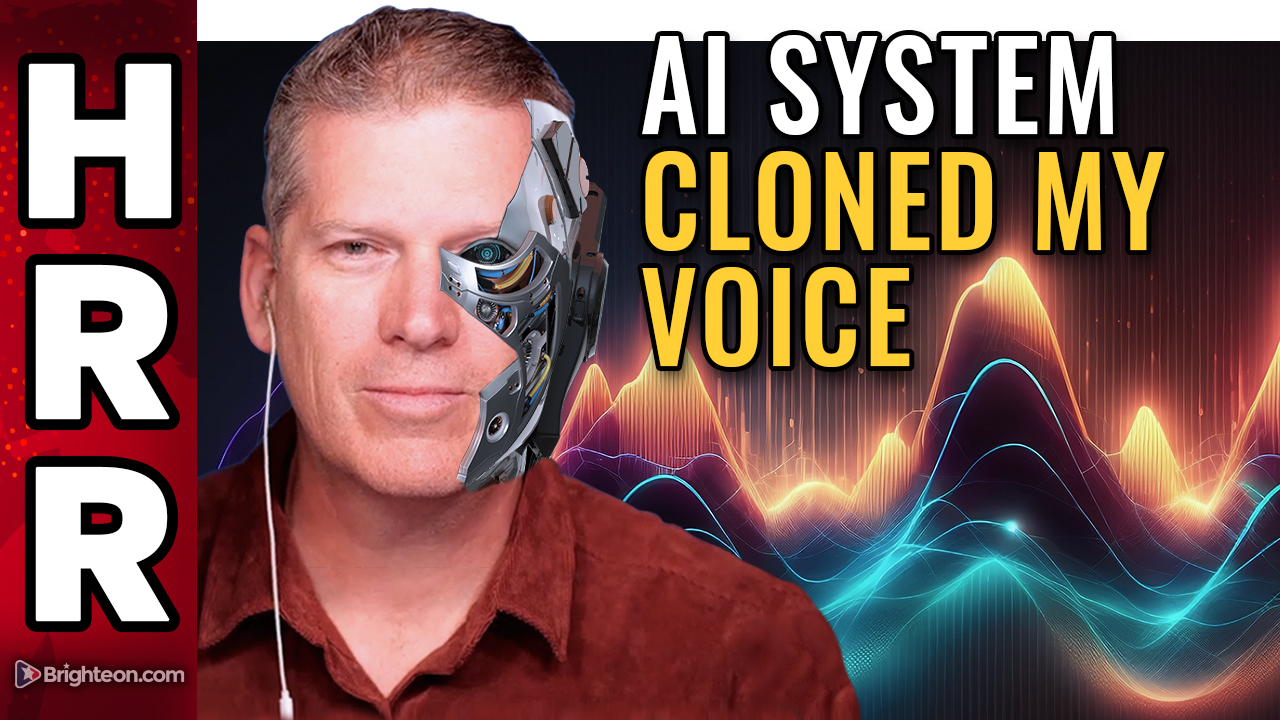
Researchers at the University of California, Santa Barbara and De Montfort University aimed to understand human facial displays better and to bring back continuity with modern views of animal communication. This study also debunked the earlier, widely held belief that facial expressions are used to display the emotions of people.
Researcher Alan Fridlund, an associate professor in the Department of Psychology and Brain Sciences at UC Santa Barbara, said that facial expressions mainly come from intentions and not feelings.
"Our faces are not about us, but about where we want a social interaction to go," Fridlund, who is also a social and clinical psychologist, said. "For example, the 'cry' face is usually considered an expression of sadness, but we use that face to solicit succor, whether that means reassurance, words of comfort or just a hug."
In the past years, biologists re-assessed the way animals communicate and started to perceive them as sophisticated communicators and negotiators. Fridlund said that humans' facial expressions serve the same ends. (Related: Monkeys discovered to use complex grammatical structures in their language.)
"There is no doubt that what we do with our facial displays is different than what nonhumans do," Fridlund said. "But our displays function in many of the same ways. They act as social tools in behavioral negotiation."
The study also included the research of Carlos Crivelli, co-author of the study and a lecturer at De Monfort University in Leicester, England. Crivelli's study focused on how indigenous Trobriand Islanders in Papua New Guinea perceive emotion and use facial expressions. In this study, he and his team discovered that for the Trobrianders, the universal face of fear actually means a threat display to frighten others into submission.
Fridlund added that researchers in the 1960s had preconceived notions regarding specific expressions equating to particular emotions. As a result, their studies were intended to attest those beliefs. On the other hand, a lot of new studies analyzed the associations between facial expressions and emotions and discovered little evidence of a relationship between the two.
For example, an "angry" face does not necessarily mean the person is angry. Yet, the person may be feeling frustrated, hurt, or constipated. Still, the "angry" face is supposed to intimidate or signal retaliation against whomever you demonstrate those expressions at, regardless of feelings.
The researchers concluded that facial expressions are used as social tools for social influence. They are not about emotions, but about “changing the behavior of those around us.” The findings of the study were published in the journal Trends in Cognitive Sciences.
Facial expressions and social interaction
A study published in the journal Philosophical Transactions of the Royal Society B: Biological Sciences found that facial expressions influence social interaction. The study focused on how behavior can develop into a sophisticated communication system. For example, the facial display of fear has direct behavioral advantages for the person doing it. As he widens his eyes, his visual field increases, which in turn increases the likelihood of detecting signals of danger. Then, this expression serves as public information in which the observers can interpret as a signal to be alert. In the next step, the doer of the action will be able to control the sending of the signal that was unintentionally conveyed earlier. Eventually, both the actor and receiver become conscious of the exchanging of signals and that these can be used for intentional communication. At this stage, the development of the communication starts.
Read more news stories and studies on social interactions by going to Ecology.news.
Sources include:
Please contact us for more information.























